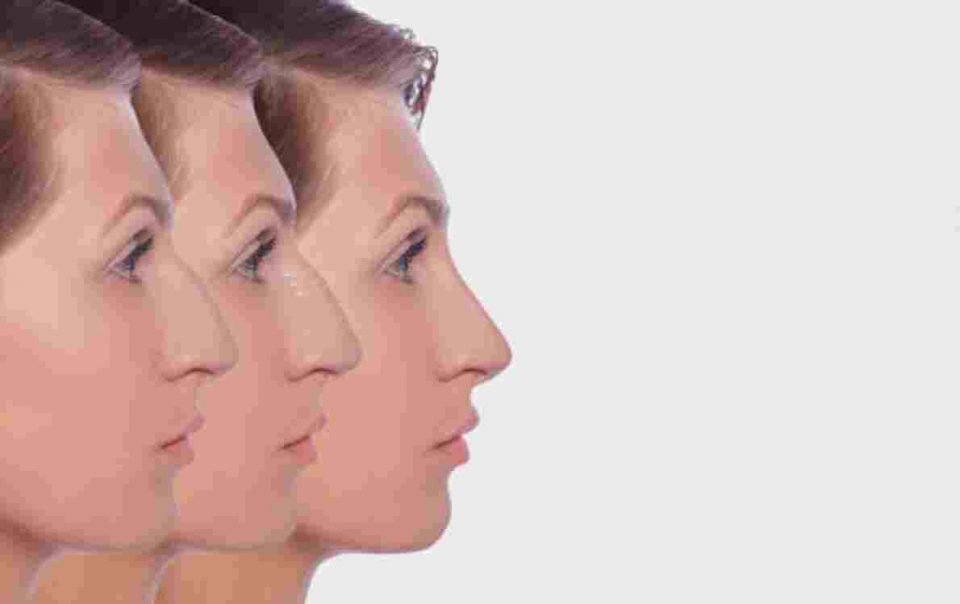If you’re thinking about getting a nose job, it’s a great idea to research good plastic surgeons, different types of rhinoplasty, and the healing process. You want to be well informed before considering a cosmetic surgical procedure like this so that you can weigh the risks and the rewards of such an operation.
Table of Contents
1. Open Rhinoplasty
Open rhinoplasty is ideal for dramatic structural and cosmetic changes, as the nose is accessed by an incision in the columella. Making an external incision allows the surgeon to see more of the nose, allowing for the visibility that is necessary to make more serious corrections. Some physicians agree that open rhinoplasty is usually a safer option than other methods despite the possibility of scarring. Scars from this operation are usually small and fade with time. Ultrasonic rhinoplasty is a form of open rhinoplasty where ultrasonic waves are used to shape the nasal bones more precisely.
2. Closed Rhinoplasty
During a closed rhinoplasty procedure, the surgeon accesses the inside of the nose through the nostrils, so there are no external incisions necessary. This type of surgery is ideal for less invasive corrections such as changing the tip or bridge. For the patients, closed rhinoplasty offers a shorter recovery time, no visible scarring, and less severe swelling after surgery.
3. Filler Rhinoplasty
Filler rhinoplasty is a non-surgical option for correcting more minor issues with the nose. Surgeons smooth bumps and sculpt the nose using dermal fillers such as hyaluronic acid or Botox. Many patients prefer this method because there is usually zero recovery time, less pain, and decreased swelling when compared with surgical options, though the effects of filler rhinoplasty are not permanent. Your body usually absorbs the ingredients within six months to three years.
4. Secondary Rhinoplasty
Secondary rhinoplasty, which is sometimes referred to as revision rhinoplasty, is a type of surgery that is done to correct or revise the results of a previous operation. Patients may come to the surgeon with various concerns regarding their previous procedure. Some may experience problems like breathing issues, pinched nostrils, or a crooked profile. When this occurs, doctors consider a few things. For instance, how long ago was the first surgery? Sometimes it can take time for the results of rhinoplasty to be completed, as healing is often a lengthy process. At this point, secondary rhinoplasty can be discussed. About one in five patients consider this option after their initial surgery.
When it comes to any form of cosmetic surgery, become well informed. Quality of care is essential, so look for a reputable doctor with a good reputation. Additionally, remember that there will likely be more items added to your hospital bill than just the operation. Major surgery like this will require some type of anesthesia as well as medication and basic operating room costs. A good surgeon will lead you down the best path for you when it comes to rhinoplasty, and hopefully in the end, you will be pleased with your results and left with satisfaction regarding your entire experience

